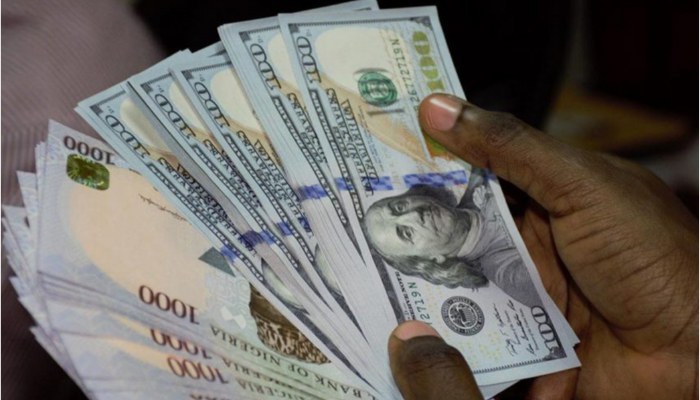The mid-week trading session witnessed a subdued performance of the naira in the peer-to-peer market, and its value depreciated further on the black/official market. This occurred despite a growing consensus that the United States central bank had concluded its interest rate hikes, leading to the dollar hitting a three-month low.
Official data from FMDQ revealed a decline in the naira’s value on Tuesday, as it traded at N881.88/$1, compared to N814.60/$1 on Monday. Simultaneously, the black market saw the naira slide to N1160/$1 on Tuesday from N1,115/$1 the previous day.
Even with Yemi Cardoso’s recent announcement about the Central Bank of Nigeria (CBN) implementing new policies for exchange rate stability, short sellers maintained their positions. Cardoso emphasized the importance of clear, transparent, and harmonized rules for market operations, assuring extensive consultation with banks and FX market operators before implementing new guidelines.

Following a dip to three-month lows earlier in the week, the dollar index and dollar index futures experienced a slight decline during the London trading session. This extended losses from the previous night, driven by increasing expectations that the Fed would halt interest rate hikes and possibly initiate cuts in 2024.
The U.S. Fed had maintained its benchmark interest rate at 5.25% to 5.5% since July, marking 11 consecutive rate increases post-March 2022. It is anticipated that the Fed will sustain this rate during its December meeting, with optimism about supporting economic growth and managing inflation.
Recent data indicates a decline in consumer spending, business activity, and labor demand, prompting concerns voiced by Chicago Fed President Austan Goolsbee about maintaining rates too high for an extended period. These sentiments align with the prevailing dovish expectations for the Fed.
Market watchers are eagerly awaiting more economic signals to determine when the Fed might start easing its policy. This week brings forth the release of November Purchasing Managers Index (PMI) data and the third-quarter GDP revision in addition to the Personal Consumption Expenditures (PCE) data.
While experts anticipate that the U.S. might provide the Fed with more leeway to maintain higher rates, any indications of a quicker-than-anticipated economic cooldown could alter this scenario.
The 10-year yield on U.S. government debt, inversely correlated with price, dropped by 0.04% to 4.35% on Tuesday. This decline brings yields back to levels observed before the Fed meeting in the third quarter, which triggered a global bond market meltdown due to concerns about prolonged higher interest rates.
The two-year yield also experienced a drop to 4.75%, marking its lowest level since August 10. U.S. yields remain highly sensitive to expectations surrounding interest rates. With the dollar index down 3.6% since the beginning of November, it is on track for its worst monthly performance in a year.
Support InfoStride News' Credible Journalism: Only credible journalism can guarantee a fair, accountable and transparent society, including democracy and government. It involves a lot of efforts and money. We need your support. Click here to Donate
